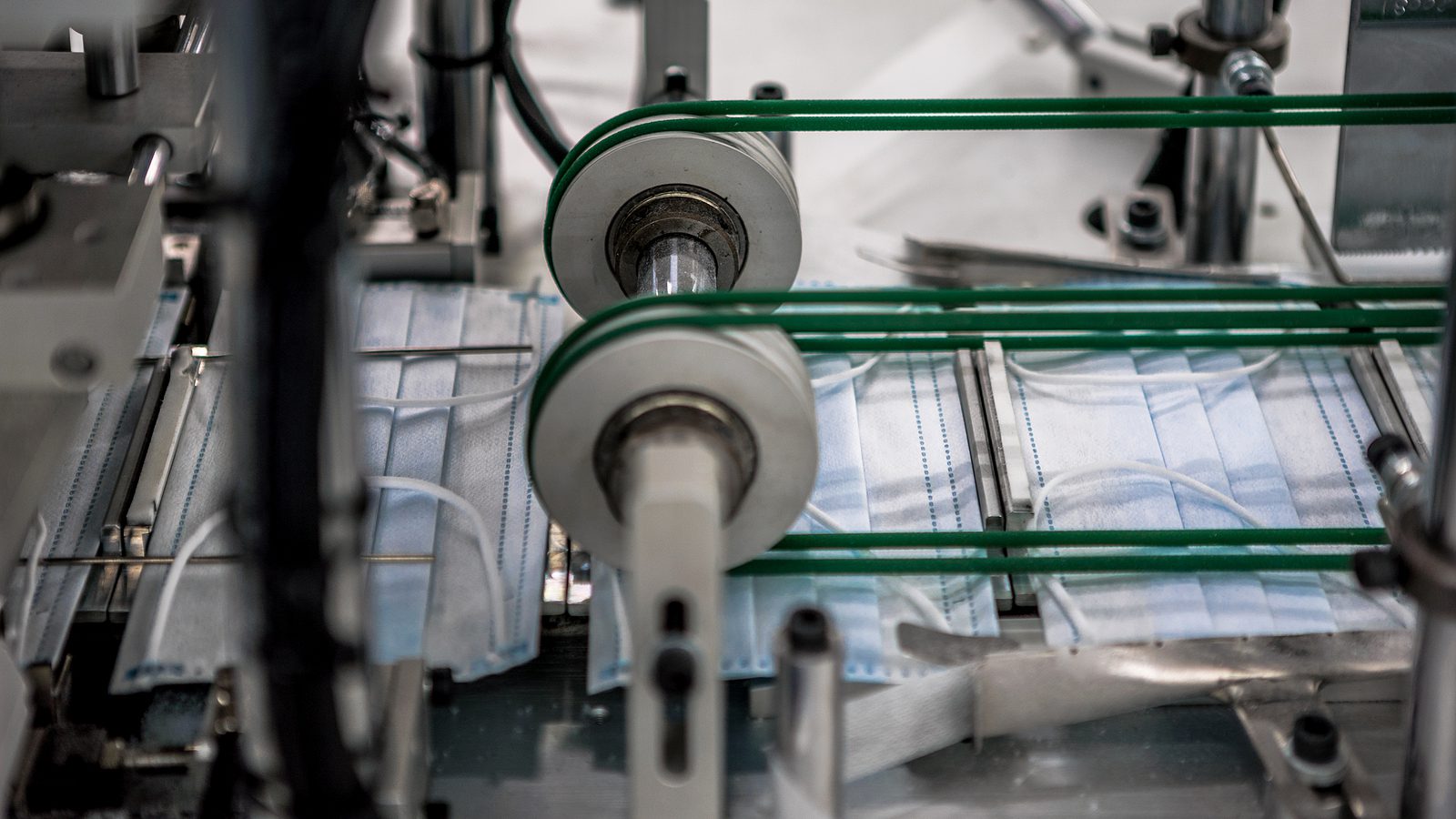By Laser 1 Technologies
Three Financial Trends in 2017
There’s an inherent stability to the financial side of business: ultimately it’s all about the bottom line, and the equation balancing what goes out and what goes in. However, there are still trends and changes afoot in how to measure and influence profits and expenses. We’ve got our eye on these three in particular:
Zero-Based budgeting to uncover waste
Zero-Based Budgeting (ZBB) first gained favor under the Carter Administration in the 1970s. Some mega-corporations like Kraft Heinz, Unilever and Coca-Cola have embraced the strategy, and reported significant cost reductions.
What is it? Here’s how Investopedia defines it:
Zero-based budgeting (ZBB) is a method of budgeting in which all expenses must be justified for each new period. Zero-based budgeting starts from a “zero base,” and every function within an organization is analyzed for its needs and costs. Budgets are then built around what is needed for the upcoming period, regardless of whether the budget is higher or lower than the previous one.
ZBB is best suited to times of disruption and restructuring. However, since it’s much more time-consuming than traditional budgeting, it’s also much more expensive to implement.
Rolling Forecasts for greater agility
A rolling forecast (also known as continuous forecast or iterative forecast) is more dynamic than a traditional static forecast. The static forecast focuses on a specific time period (usually 12, 24 or 36 months) and counts down from a start date, with the expectation that the budget will be built anew when the time period ends. A rolling forecast continuously focuses on the upcoming 12, 24 or 36 months by adding an extra month to the end of the forecast after each month elapses. It is often adopted as an extension of annual budgeting, and in some cases as a replacement method.
By routinely reviewing and revising the budget on a monthly basis, it’s a more agile forecasting system. Volatile business conditions can be reflected immediately upon discovery, instead of tabled for incorporation in a future budget.
According to consulting firm Kaufman Hall, use of rolling forecasts has increased from 25% of companies in 2014 to 38% in 2016.
Internet of Things as a data source
The volume of connected devices grows each year. While the consumer views the “internet of things” (IoT) as a delivery device for convenience–think smart thermostats or smart fridges–the manufacturer harnesses it as a delivery device for data. An increasingly connected IoT, in realms of both B2B and B2C, enables increasing volumes of data to continuously flow into a variety of corporate functions.
Enterprise resource planning, accounting, billing, supply chain management and more can all measure and monitor business performance in real time, improving agility. Budgets, forecasts, audits and more benefit from this increased visibility and integration of data.




